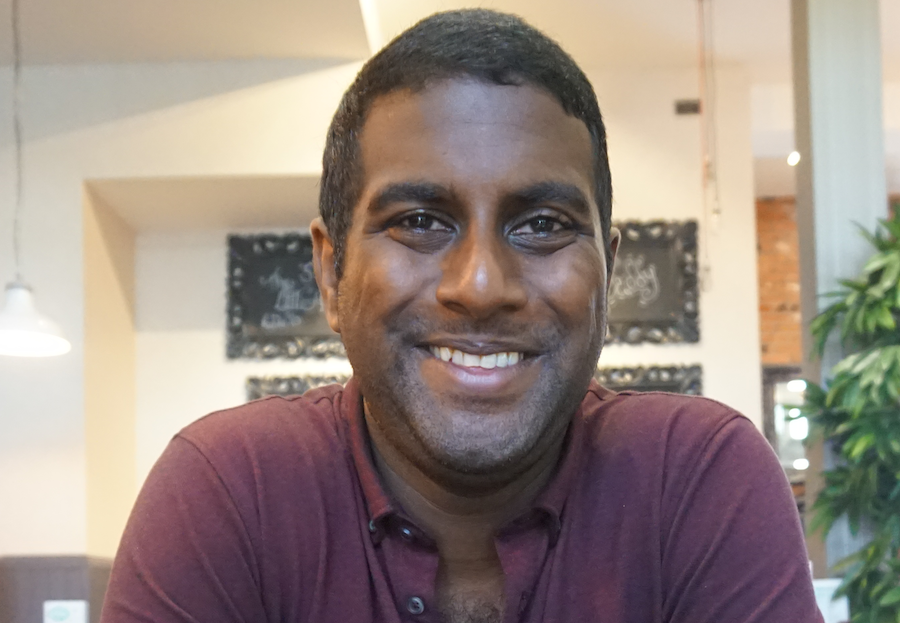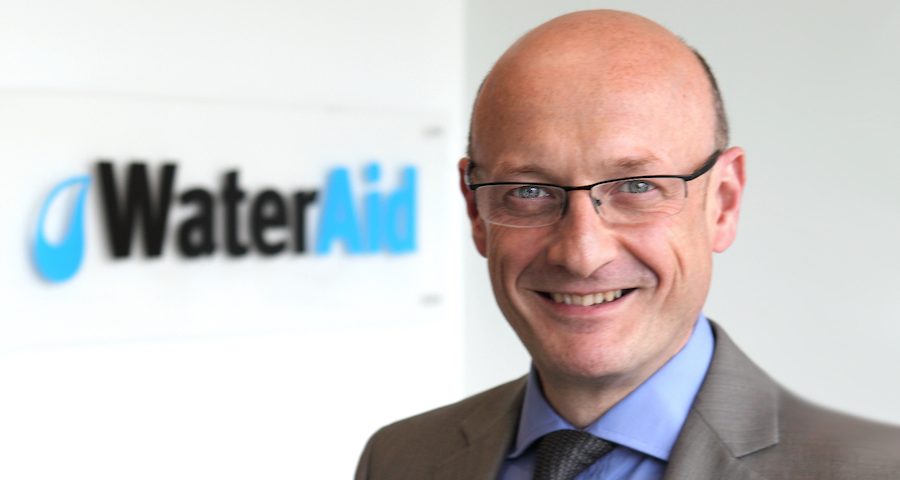
Blog: How Chartered Status could improve leadership and career development in fundraising
July 10, 2019
Special Focus: Developing the next generation of fundraising leaders
July 10, 2019How do you go about reshaping your leadership culture? Marcus Missen, director of communications & fundraising at WaterAid, explains how the charity didn’t just replace its fundraising strategy with an engagement strategy, but actively sought to develop a collaborative leadership style around this new vision, empowering all staff to drive change.
The world around us is changing and change itself is changing. Over the coming years we’ll see significant upheaval in our sector, so we need resilient adaptive leaders, who’ll take risks to maximise opportunities, who’ll be brave and willing to disrupt the norm to challenge perceived wisdom, and who’ll drive change. Along with CEOs who have agility in their leadership style, to adapt as our sector moves from a benign to hostile environment.
At WaterAid, I’m surrounded by a great team focused on the possibilities of what we can be. Our mindset and shared ambition unifies us, a feeling of wanting to do things differently – as business as usual isn’t right, nor exciting, nor sustainable.
I believe innovation is about culture, not processes, and we’ve been deliberate in building ours by reshaping our entire approach to leadership across the communications and fundraising team.
Redeveloping our leadership style: Reframing our culture
When I joined WaterAid, I inherited clearly defined operating models, documented accountabilities and clear KPIs. Every nut was tight and every cog well-oiled on the machine. Everything was set to maintaining status quo, but outside the world had changed.
In 2016, I went public saying the traditional fundraising model was broken. I suspected others also recognised the sector had reached its strategic inflection point, yet no one in authority was saying it. Why? Research shows that although nearly everyone knows the issues, only 15% will readily express themselves openly. We are hardwired to conform. Our upbringing and education reinforce it. We just aren’t encouraged to dissent, as speaking up is risky.
To me it was clear we needed to think again about our whole approach to fundraising and communications, and to do this, we needed to have a big vision and to challenge our team and our talent, to think about how they could realise it. And this meant removing some of the management processes stifling innovation such as top-heavy sign-off and complicated business cases.
Setting a clear vision
The first step was building a new belief within WaterAid and getting people to talk about it. Ours was that the sector has become transactional and lost sight of the real value of supporters as partners in the mission. We can drive more money but it would be wrong if it comes at the cost of supporters’ trust. It isn’t sustainable nor clever. We need to define a new model and we have the talent to do it.
Ultimately, we needed to replace our fundraising strategy with an engagement strategy and drive cross-functional integration so that the full organisation really understood and believed in this.
Adapting the leadership style
We made a conscious shift to redefine our leadership culture so that it is all about collaboration and adaptation. It is expected that our leaders will not have all the answers, but they will be those who evoke confidence in others, have humility and take their people with them.
Our mantra of ‘unbridle our talent to unleash WaterAid’, created a sense of power within our teams and signalled our expectation – that everyone has agency in making change happen, hierarchy doesn’t come into it. In other words, we democratised the creation of good ideas and solutions – anyone can have them.
Things aren’t always harmonious, as we encourage debate and disconfirmation. If a decision is too easily unanimous, we’re probably not trying hard enough.
Our biggest barrier to change was internal resistance. Change is scary. It requires taking risks and owning accountability if it goes wrong. It’s far easier and safer to keep doing the same thing, as it doesn’t attract blame. Finding the 15% who’d talk up and spearhead change was the key to unlocking and building momentum. What surprised me was that ours were amongst junior staff.
Seeking out our advocates also helped break down rigid old power hierarchies, as did recruiting new blood. We expect new recruits to change us, rather than to conform. They challenge and hone our thinking, giving different perspectives.
At times as leaders we’ve got to disrupt, or put the grit in the oyster, to help people unlearn old ways of working and free them up to explore new ones and innovate. It meant breaking perceived wisdom, challenging blockers. There’s a massive difference between being disruptive with purpose and being destructive. I’ve got two t-shirts I wear at the office. One says, ‘how many more people will die if we don’t take risks?’ and the other ‘how many more people will die if we delay decisions?’
Modelling positive leadership behaviours
It’s important to recognise the difference between great management and great leadership. Two completely different things, all too often confused.
Always do what you ask of others. Leaders too easily say ‘take risks’ but the systems they value drive different behaviours. Everyone has a different calibration, so it’s what they see that builds their understanding, not what you say. Saying ‘be bold’ and not being bold yourself doesn’t work. Showing what risks you’ll take can best illustrate where your boundaries are. There is no ‘zero risk innovation’.
Trust is vital. It’s built by not having a blame culture, by knowing the difference between failure and things going wrong through doing one’s job or driving change. It’s built by doing what you say you will, as leaders are nothing without integrity. I’ve learnt to always be yourself, not who you think others want. No one can fake authenticity for very long. Be openly passionate about what you believe in – passion is infectious.
A big lesson for me has been knowing when to lead from the front and when to lead from the back. I’m inspired by a polar expedition leader who’d lead from the back when going over chartered ground. It gave others the chance to develop and he could see everyone ahead of him and observe their interactions. But when going into unchartered territory he led from the front. It gave confidence for others to follow. If he fell down a crevasse, it was a chance to demonstrate calm when things go wrong. It showed his fallibility and that he trusted his team to pull him out.
For some leaders in my team, I think the biggest lesson has been knowing how to let go. It’s about having a framework where people are free to make decisions for themselves whilst providing them with support and clarity of new norms, values and expectations.
Impact of the change in leadership approach
Results are up for fundraising returns yes, but also my team is now delivering to the wider mission impact, and innovation is stretching us into new exciting areas. It’s easier to recruit and retain great talent who are liberated to do great things. Not everyone adapts to the freedom and accountability, but those that do thrive. Staff engagement is high and in 2018 we came 37thin UK’s Best Workplaces, and 9thin UK’s Best Workplaces for women. For me, this quote on Glassdoor, the employee led review platform, captures the change we’ve made at WaterAid:
“Colleagues are clever and committed. Work life balance is great. Innovative company, always open to ideas. Lots of autonomy at every level. Flexible working. Transparency and open culture.”
My biggest lesson? Pace and patience. It’s taken twice as long to achieve what I originally set out to do seven years ago. But a wise person told me, define the 100% change you want to achieve, then focus on just doing the top 20%. After all, it only takes five cycles to achieve the 100%!
Marcus Missen
Marcus Missen is director of communications & fundraising at WaterAid, with a global remit for growth investment and brand. He is passionate about setting clear vision and inspiring innovation and is recognised for building a high performing team delivering sustained income growth for WaterAid. Marcus is also a trustee at BOND, the UK network of 345 organisations working in international development, and a trustee at the International Broadcasting Trust.




